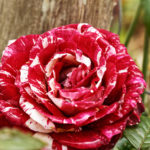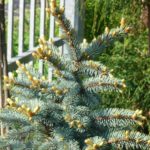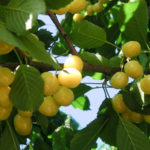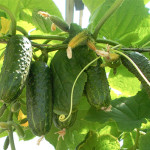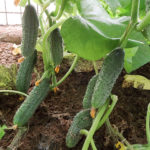Norway spruce Inversa
Landscape designers love conifers for their relative unpretentiousness, year-round green crown, resistance to frost, drought and gas-polluted air. And also conifers are expressive and handsome, capable of brightening up any "green company". All these epithets can be safely addressed to our today's heroine - Picea abies Inversa.
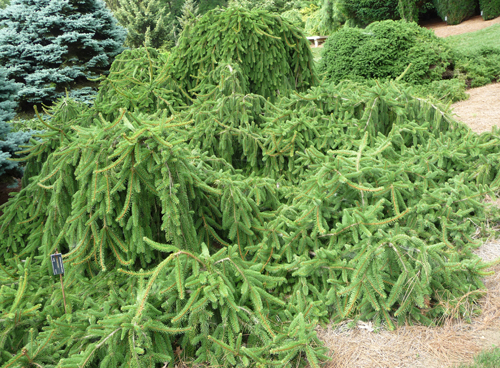
Variety history and appearance description
This unusual spruce arose in nature spontaneously, and was discovered in 1855 by R. Smith in Shropshire (Britain). He named the unusual tree "Invert", but a few years later L. Baysner corrected an involuntary grammatical error.
The common spruce variety got its slightly unusual name due to the shape of the crown. Let's remember that inversion in nature means a violation of order, when something goes contrary to the usual patterns, as if "upside down". When you look at the Inversa tree, you immediately understand why it was named that way. Short, but dense branches do not grow upward, as is the case with all spruces, but to the sides and downward.
The result is an unusual, "weeping" crown, which has practically no main trunk. From the side, the tree resembles either a shock of hay, or a wide, vague figure, often as if stooping, slightly bent. The height of the "shock" can be very different - from literally one meter to 6-8. This height is usually regulated by the gardeners themselves, which will be discussed below. And the crown width is most often equal to about a quarter of the height, although in undersized specimens these parameters may even be equal.
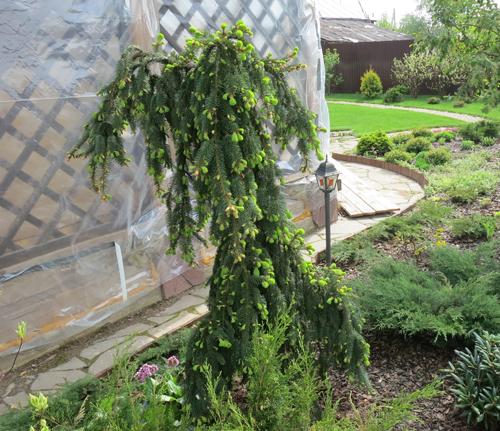
The color of the needles of our beauty is dark green, which remains so even in winter. The needles are short but thick. The branches grow densely, forming a dense, slightly shiny surface. Inversa is growing slowly, especially in the first few years. But even in adulthood, it rarely increases by more than 20 cm per year. A significant acceleration in growth is observed after reaching the age of 20. The shoots are initially light brown, eventually darken, sometimes even becoming reddish brown.
Care features
The most difficult and responsible part is pruning and crown shaping. The fact is that Inversa has neither a main trunk, nor a central shoot. Its branches immediately begin to grow downward, bending towards the ground. In order for the tree to rise in height, one of the shoots should be selected and directed upward, regularly tying it to an artificial support.
This escape leader will grow as long as it is provided with support. The rest of the branches will rush to the sides and down. By pinching them regularly, you can create a crown of the desired shape. As soon as you decide that you no longer want to grow tall, stop tying the leading shoot, and soon it will drop down, like the rest of its brethren. It turns out that the gardener can vary the height of the plant at his discretion.
For your information! Some gardeners advise, upon reaching the desired height, to cut the main shoot. This will immediately give a powerful stimulus for the growth of side branches.
Speaking about pruning, it will be useful to say that the lower branches eventually fall to the ground. There they are poorly ventilated, damp, and as a result they can "catch" various fungal diseases. To prevent this from happening, you need to cut them too, not allowing them to touch the ground.
This spruce is undemanding to soils, although you should still pay attention so that they do not turn out to be swampy, as well as saline. Loves an abundance of light, but develops well in partial shade. Demonstrates excellent frost resistance, always responds with gratitude to timely watering, but also tolerates drought.
Use in landscape design
Most often, Inversa is grown as a specimen plant, especially since it does not feel well with thickened plantings. Being a very plastic tree, it allows you to create various shapes from the crown, although it looks great in a columnar form.
At the same time, this spruce is often introduced into landscape compositions as an element that attracts attention. It is often used even in tiny areas, while its height is limited in accordance with the overall space.
